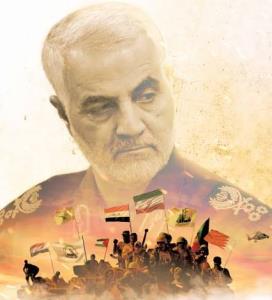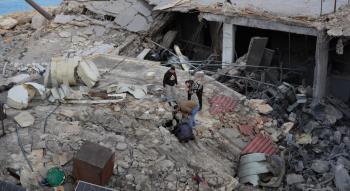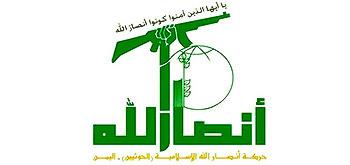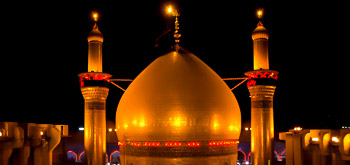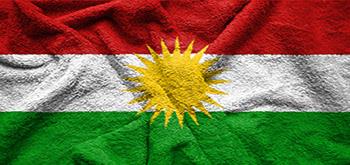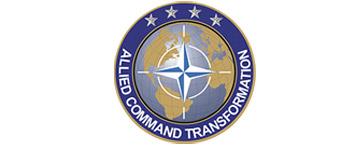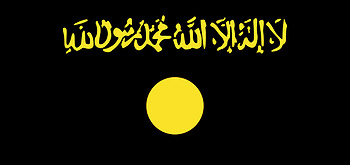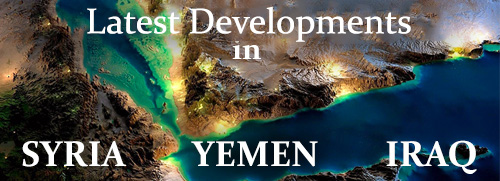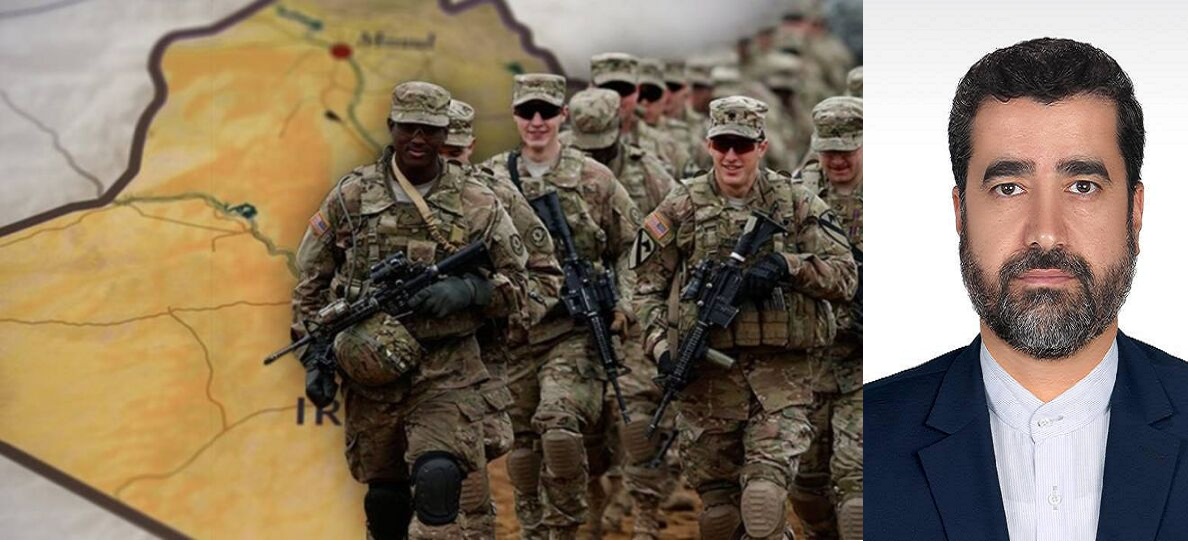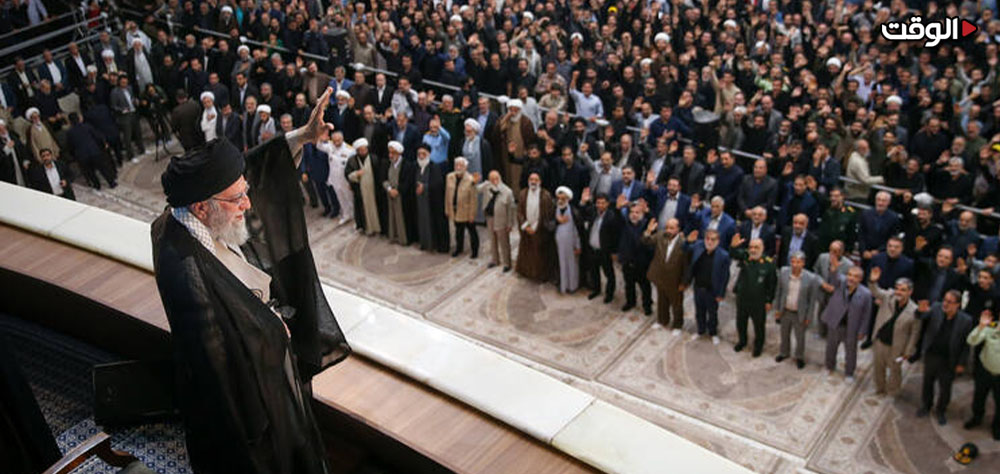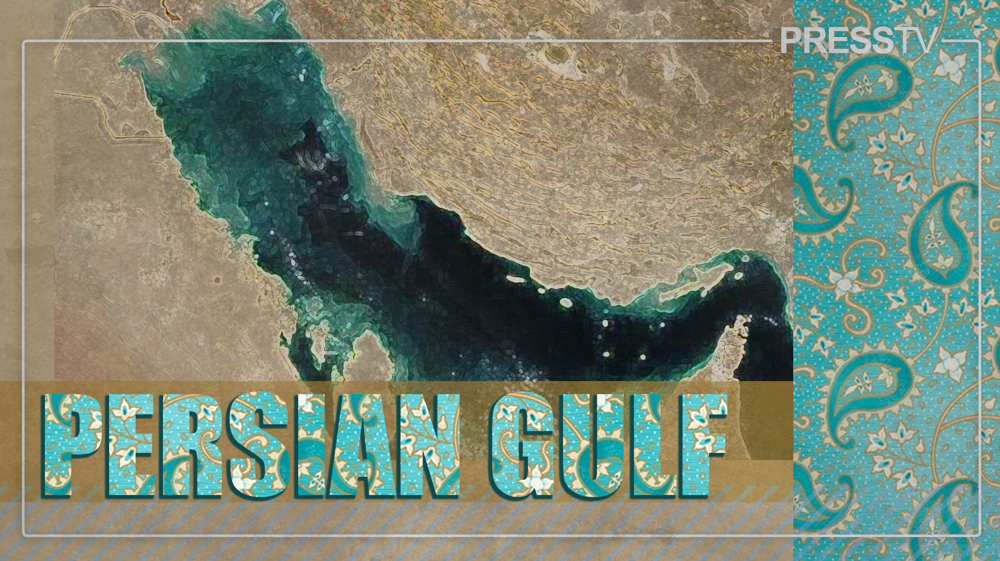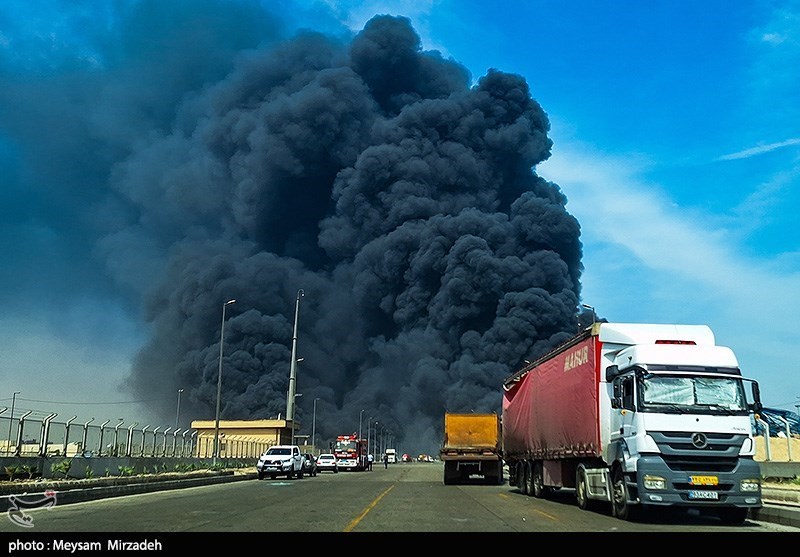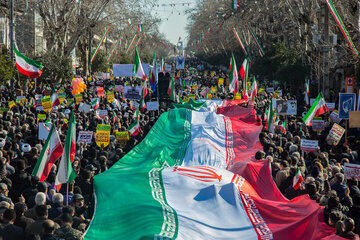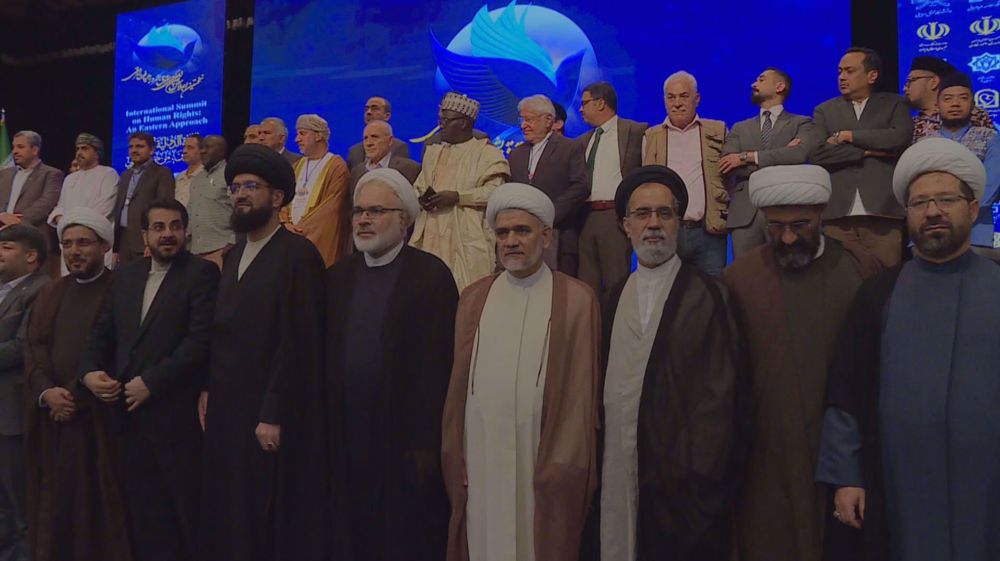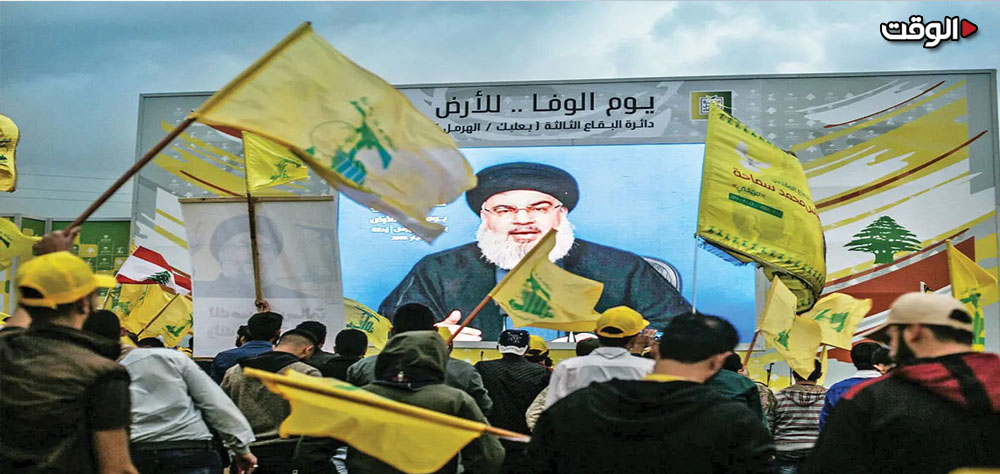Alwaght- Over the past weeks, there have been many Iraqi and regional media reports of the US moving its forces in Iraq, once again bringing to the surface the fate of the American military presence in Iraq.
Some reports talked about Washington relocating its forces based in Ein Al-Assad military base and Baghdad Airport to Erbil, the capital of the Iraqi Kurdistan region. Currently, 2,500 military forces are in Iraq mainly serving under mission of cooperation with the Iraqi and Kurdish forces to fight ISIS remnants and training Iraqi forces.
According to to a security pact between Iraq and Washington, the remaining American forces should leave Iraq in a phased process. Iraqi media outlets in September 2025 reported end of the first phase with the end of the operations of the US-led Western coalition in Ein Al-Assad base and the central command of the coalition. The second phase will complete in September 2026, when the remaining forces will withdraw. However, from the remarks of the American, as well as Iraqi, officials we can not draw a clear and certain future about the US military forces in Iraq.
Alwaght has discussed the issue with Javad Masoumi, an expert of Iraqi political affairs.
The US seeking economic and financial dominance guarantees
Masoumi initially addressed US aims regarding the relocation of equipment and personnel, stating that the recent movements and relocations of US forces in Iraq cannot be viewed merely as a military action or as related solely to Iraq’s internal conditions. Rather, they are part of a broader US regional strategy. After years of direct occupation, Washington is well aware that an overt presence in Baghdad and central regions faces opposition from the people, the parliament, and resistance forces. Therefore, by redeploying and transferring troops to areas such as the Kurdistan region, the US is attempting to reduce public pressure, redefine its presence, and maintain its supportive and intelligence-gathering role for regional missions—particularly in support of the Israeli regime.
However, he added, these movements are not confined to the security domain. The US has established a complex network of economic dominance in Iraq. Controlling a significant portion of Iraq’s oil exports, dominating foreign currency reserves, and maintaining direct influence over the Central Bank of Iraq through the dollar-based system are tools Washington uses to exert pressure and impose its political will on Baghdad. In essence, the military repositioning aims to provide the necessary security umbrella to sustain this economic and financial influence. As long as Iraq remains trapped in the cycle of dependency on the US dollar and its associated constraints, Washington seeks to guarantee this dependency through a continued, albeit reduced, military presence."
He went on saying that from a strategic perspective, these redeployments coincide with growing concerns in the US and the Israeli regime regarding the capabilities and influence of regional and Iraqi resistance groups. Tel Aviv is openly seeking to strike the Axis of Resistance in Iraq, and by repositioning its forces, Washington is preparing the logistical and intelligence support infrastructure for such scenarios.
In other words, the US aim behind this relocation of forces and equipment is not cutting forces, but continuing occupation in a new mode and consolidating the dominance over Baghdad's strategic energy and financial resources. This is in a stark contrast to the Iraqi national will and parliamentary resolutions and any use of the country's soil for implementation of Israeli plans is a violation Iraq's national sovereignty and will indeed be faced with reactions from the Axis of Resistance.
Replacing open occupation with advisory, training, and intelligence mission
Elaborating on the agreements between Baghdad and Washington regarding the withdrawal of US forces, Mr Masoumi held that formal agreements between Iraq and the US over the past two years have been based on the principle that the Western coalition's military mission against ISIS in Iraq has ended, and there is no legal or practical necessity for the continued presence of foreign forces. In a joint statement from September 2024, the parties agreed that this mission would conclude by September 2025 at the latest, with key bases, including Baghdad and Ein al-Assad, being evacuated.
He, furthermore, said that during the high-level military commission talks, a framework was set up for a phased withdrawal to be completed by September 2026. Under this roadmap, following the initial phase, remaining forces would be relocated to Erbil, with a final, complete evacuation occurring in the second phase.
However, the crucial point is that Washington, within the text of the agreement, has emphasized a 'transition to bilateral security partnerships.' This phrasing signifies the American effort to redefine its presence under a different guise—replacing overt occupation with advisory, training, and intelligence roles, among others. Past experiences show that such models have consistently served as tools for US political and security influence in regional countries.
Mr Masoumi further maintained that alongside these military dimensions, one must not overlook Washington's economic and financial dominance over Iraq. Control over oil resources, influence within the Central Bank, and the dollar's hegemony over Iraqi transactions are complementary tools the US uses to exert pressure. Therefore, the relocation of forces to Erbil is not merely a tactical move but part of a larger strategy to maintain comprehensive influence in Iraq and support regional projects, particularly those backing the allied Tel Aviv.
Outlook for US withdrawal at three levels
The political analyst also shed light on the prospects for the withdrawal of US forces on three levels, adding:
1. Phase One (by September 2025): The end of the coalition's mission and the evacuation of bases in Baghdad and Ein al-Assad, astep that is largely symbolic and propagandistic in nature.
2. Phase Two (by September 2026): A reduction of the presence in Erbil and the official announcement of the mission's end; however, this will be accompanied by a clear effort from Washington to maintain intelligence and advisory outposts.
3. Post-2026: From our perspective, the most likely scenario is that instead of a complete withdrawal, the US will seek to maintain a footprint in Iraq, whether through a limited number of military advisors, by leveraging its financial dominance, or via security coordination with the Israeli regime to contain resistance groups.
Mr Masoumi held that the future process depends less on the text of the agreements and more on the will of the Iraqi people and the Axis of Resistance. If this political and popular will is pursued with determination, a complete withdrawal by the end of 2026 is achievable. Otherwise, the US will use legal, economic, and security tactics to reinvent its occupation in a new form.
Role of military presence in Iraq in supporting Israeli regime
In another part of his comments, Mr Masoumi pointed to the deceptive approaches of Washington, saying that according to official agreements, the mission of the Western coalition was to end by September 2025 and the withdrawal process complete by September 2026. But the field realities show that the US will not simply leave Iraq, rather, it is redefining its presence according to a multifaceted strategy, one that simultaneously applies to economy, security, energy, and geopolitics.
The United States is facing a structural financial crisis. According to the Treasury Department, its public debt has exceeded $37 trillion, and persistent budget deficits have compelled Washington to seek to control regional energy resources and reinforce the dominance of the US dollar to maintain its international standing. Iraq, with its vast oil reserves and financial reliance on the dollar-based system, represents a strategic arena for the US. By managing Iraq's foreign currency reserves in American banks and enforcing a dollar-driven financial mechanism, Washington has locked Baghdad into a state of perpetual dependency, turning this reliance into a tool for political and security leverage.
Beyond the economic dimension, the US has framed its presence in Iraq as a means of providing direct support to the Israeli regime. The relocation of troops to Erbil essentially establishes an intelligence and logistical backbone for regional operations and backing for Tel Aviv. The ultimate objective is the gradual containment and eventual elimination of the capabilities of the Iraqi resistance factions, which now constitute a critical element of regional deterrence.
A key point is that, in line with US strategic doctrine, Washington is reluctant to engage directly in military confrontation with resistance groups in Iraq, as the political and military costs would be prohibitively high for Washington. Instead, the Us prefers to utilize the Israeli regime as its operational and proxy arm, while itself assuming a role centered on intelligence, logistical, and diplomatic support. In other words, the Israeli regime acts as US’s soldier and strike force, while the US manages operations from behind the scenes.
Simultaneously, Washington is pursuing a duplicitous and deceptive policy: presenting itself as Iraq’s savior and a stabilizing force, while in practice undermining the country’s national sovereignty through oil exploitation, dollar hegemony, interference in domestic politics, and the perpetuation of its military presence. This approach is reminiscent of Trump-era tactics—populist rhetoric masking occupation and resource appropriation.
Masoumi emphasized that the Americans seek to maintain their presence in Iraq. He added that prospect of a complete withdrawal of American forces by the end of 2026 exists only on the surface and on paper. In reality, Washington’s multidimensional strategy—including exploiting Iraq’s oil resources, reinforcing dollar dominance, supporting the Israeli regime to contain the Axis of Resistance, and rebranding occupation as an advisory presence—reveals its intention to remain. Achieving a real withdrawal depends not on paper agreements, but on the political will of Baghdad and the deterrent power of the Axis of Resistance, which can disrupt this layered American scenario.
Iraqi home division over US military presence
Answering a question about if there is a debate between Iraqi political factions about the American presence and his they react to this suspicious movement of forces and equipment and if there is an Iraqi will to completely expel the US, Mr Masoumi said that the US military presence in Iraq remains a central point of political and security contention in Iraq. The positions of Iraqi political parties and factions on this matter reflect a deep divide between the Resistance factions, groups aligned with the West, and moderate factions. This division will be decisive in determining whether Washington completes its withdrawal or maintains a presence through 2026.
The Shiite resistance groups —including the State of Law Coalition led by the ex-PM Nouri al-Maliki, the Fatah Alliance led by Hadi al-Amiri, Asa'ib Ahl al-Haq led by Qais Khazali, Kata'ib Hezbollah, and Al-Nujaba Movement—all emphasize the implementation of the 2020 parliamentary resolution that called for expulsion of the foreign forces following the Trump-ordered assassination of top anti-terror commanders General Qassem Sulemani of Iran and Abu Mahdi Al-Muhandis of Iraq and regard the American presence as a new occupation. These groups believe that by relocating troops to the Kurdistan region, the US aims to redefine its presence and support the Israeli regime.
Moderate and ambivalent Shiite factions, such as the Sadrist Movement and the Wisdom Movement, have adopted a more cautious stance. While they support the principle of withdrawal, they emphasize gradual management and preventing a security vacuum. Their goal is to preserve Iraq’s independence while avoiding international isolation.
On the other hand, Kurdish parties and a significant portion of Sunni political forces view the American presence as a vehicle maintaining domestic and regional security.
At the end, Mr Masoumi highlighted the national Iraqi will for US withdrawal, adding that the future of presence or exit depends not only on official deals of 2025 and 2026, but also on the balance of power between the political poles and the scale of the power of the Axis of Resistance to success and to impose national will on the home political structure.

